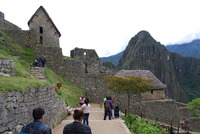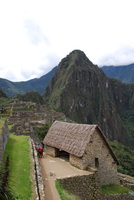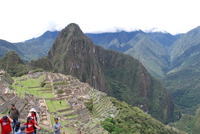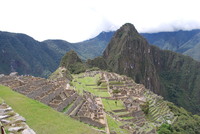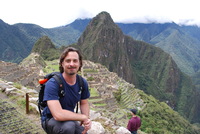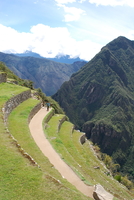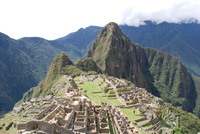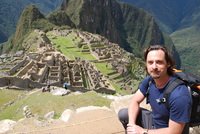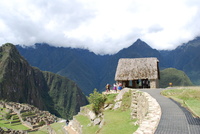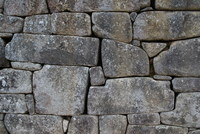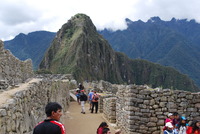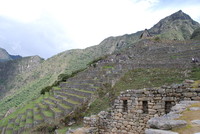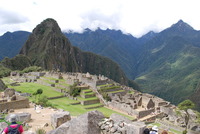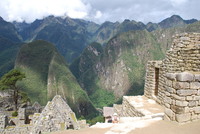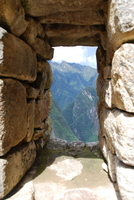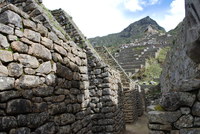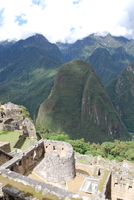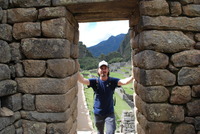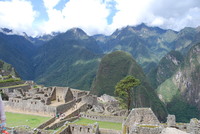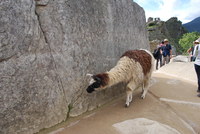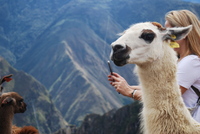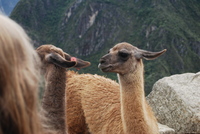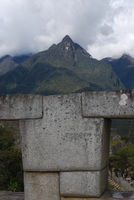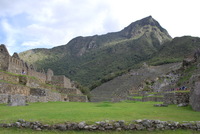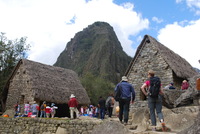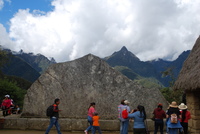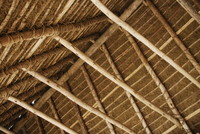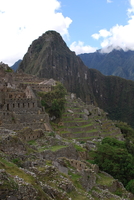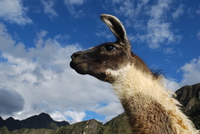Machu Picchu
When I was in the 6th grade, I made a poster of Machu Picchu for Geography class. Some sketchy middle-school facts, some hand lettering, and a roughly glued photo of the Incan ruins crowded the flimsy posterboard. The bulk of the information came straight out of our family’s National Geographic magazines but the entirety of it had sparked my imagination.
For 34 years I dreamt of visiting the amazing city in the clouds. Today, at last, I did.
Following our altitude acclimatisation in Pisac, we checked most of our stuff into the left-luggage service at IncaRail and took a short train journey from Ollantaytambo to the Machu Picchu access town of Aquas Calientes. We’d had a driver with us on all of our wanderings so far, so it was something of an introvert’s relief to be back on a train, sliding along on our own through the Peruvian forest.
Travelling to Machu Picchu is a slow and steady process of getting closer to a Peruvian treasure and incrementally further from the contents of your wallet. Everything is expensive and the list of costs is long: entrance fees, transport, accommodation, the obligatory guide, food, souvenirs, the bus to the ruins from town. Our money had been going a long way in Peru so far, so Machu Picchu felt a little more like Mucho Dinero.
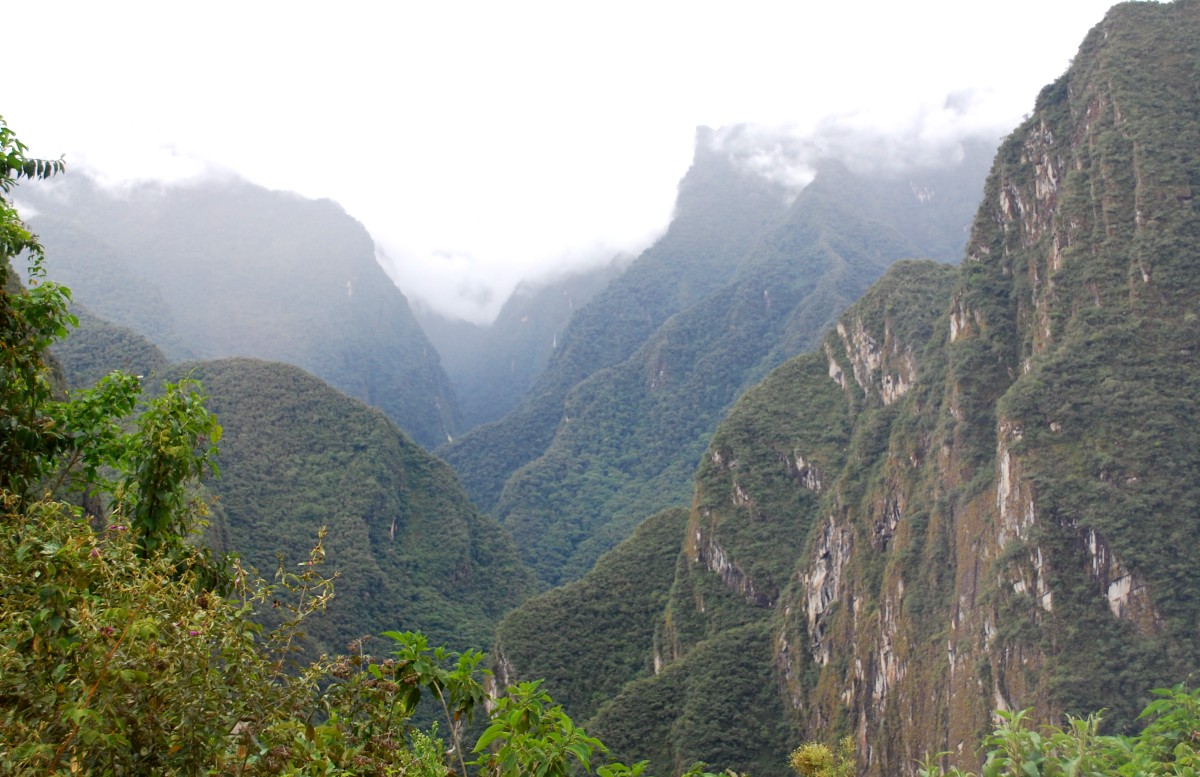
The journey to Aquas Calientes is one that unfolds in chapters. When we left Ollantaytambo, I marvelled at how different the dry and temperate landscape differed from my childhood dreams. Arid mountains are paved in-between with fertile ribbons of terraced farmland. But halfway along the journey, the valley walls close in, funelling the train into a steep-sided gorge. Open vistas become shadowy, vine-draped forest which only briefly opens to show glimpses of the towering mountains we entered. Leaves take on cyclopean proportions and single plants seem to fill the entire window of the train. It was as though the closer we got to Machu Picchu, the more history dwarfed us and the stature of the forest’s intimidation grew as the miles ticked by and the shadows closed overhead.
On arrival in Aquas Calientes, we spent an unremarkable night in a Supertramp hostel, made the most of the tourist restaurants and got ready for our tour of the ruins the following afternoon. When our time came the next day, we queued up for the bus to the site, meanwhile finding and haggling with a local guide who would not only tell us all about the ruins, but also provide the compulsory chaperoning within the monument.
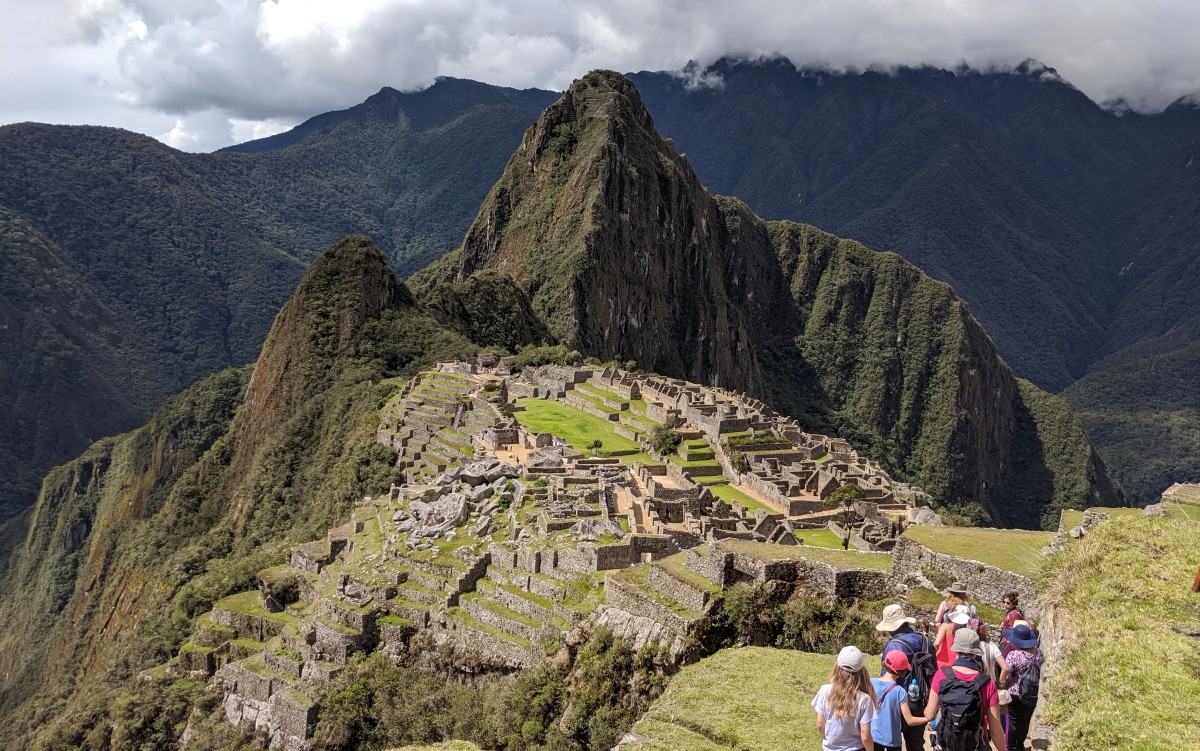
I find it hard to describe how it felt to be somewhere I’d waited a lifetime to see. The wonder of the place is something more than the collections of temples and dwellings. The site is nearly 600 years old and the ruins are painstakingly preserved and restored, but by historical standards, its fairly recent. I felt churlish about not being impressed with the antiquity. In the context of the history of its peoples and Spanish colonialism, the fact that anything remains of the place at all is a wonder.
The secret of the city’s preservation and, in my opinion, its grandeur is its location. The city perches high above a huge oxbow in the Urubabma river with perfect sitelines to the surrounding mountain pantheon as well as any intruders of a more mortal nature below. On this sacred promontory, I felt as though I were standing astride the clouds and that is what took away my breath and my sense of time.
